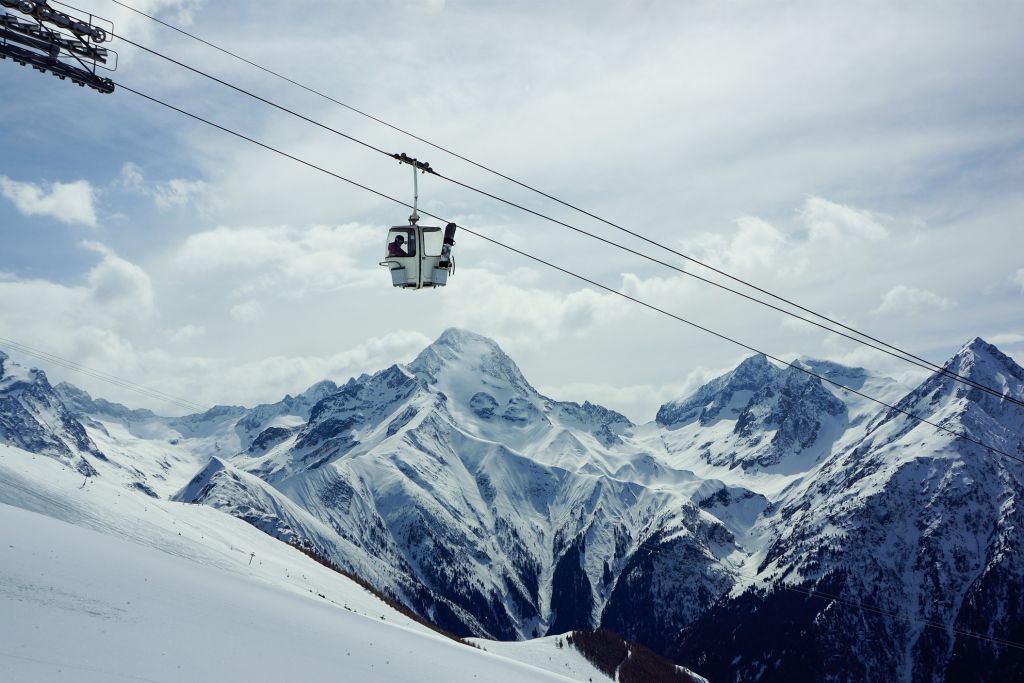There's no such thing as the perfect website design for tour operators, each operators' needs vary as do their demographics.
That said, websites that perform well at attracting visitors and converting them into customers all share several traits. The Travel Web Design Agency are experts in the field, so here are some of our top indicators of good website design.
Putting yourself in your customers shoes
A tour operator will know their tours and destinations inside out, but for many customers it's probably their first visit to a new country, or even continent. It's easy to forget, but even last year people were avoiding travelling to any part of Africa because of Ebola, despite the fact that the outbreak was thousands of miles away!
Some travellers will have a specific destination in mind and will be looking around different tour operators to find the best tour for them, so be sure to show why your service and itinerary beats your competitors. Other travellers may be looking for inspiration, so be sure to show plenty of quality photographs of the location as well as useful information. Also be sure to link between related tours, if you have several tours to one country be sure to link to those tours from each page so that your visitors can find the best tour for them.
Ensure your site is easy to use
If your site is confusing, slow or difficult to use your visitors will not hesitate to move onto another website.
If your website is going to effectively sell tours online then you need to make it as easy as possible for users to find tours and buy from you. A good search, and the ability to browse and refine the tours are crucial, if it's hard to find the tour they want browsers will leave your website in a hurry.
Not all pages on your site are equal, some pages provide the fine print, others background information. On the other hand your tour pages are key to selling your tours and users will need to use the booking pages to buy a tour. With that in mind you have to make sure that the key web pages are given more priority on the site than other pages. The main focus of the home page should be to get people to search or browse your tours, so give this priority. It's also good to display a sample of your tours to give people a flavour of what you offer.
Once a user is looking at a tour on your website then each tour page should aim to achieve two goals:
- Create the desire to go on the tour. With good photography and descriptions of the tours you should be able to easily do this.
- Encourage them to book a tour. The single most prominent call to action on this page should be your booking button.
Show what makes your tour company the best
Whilst all tour operators offer unique tours, chances are that many of your competitors will have a roughly equivalent tour. It's crucial that you show why your tour is the best for your travellers. Obviously it's important to describe your destinations in a way that people will want to visit them, but you need to add something to show how you are better than your competitors.
Imagine you offer a tour that visits Siam Reap in Cambodia, obviously all the tours will be visiting Angkor Wat and Bayon. Think why your tour will be different – will you be there for sunrise for the best photos and to beat the crowd, will you have a tour on elephant back or bicycle? Or perhaps you'll be visiting some of the outlying temples that are less crowded – an incredibly powerful selling point for busy tourist destinations.
Demonstrate your trustworthiness
When someone buys a tour from you they are paying out a significant amount of money before they get anything in return. This can be pretty nervewracking, I know when I transferred thousands of pounds to a safari company in Tanzania based on their website I was worrying about it until we arrived.
Trust, therefore, is critical to your success. Having a good, modern looking website that looks professionally built is a key first step. Scammers typically won't outlay much money so you'd expect scam sites to look worth. Also people judge your company on it's appearance, an old, outdated website is the digital equivalent of going to a hotel with an overgrown, derelict garden; it might be amazing inside but you wouldn't know it from looking at it.
Getting testimonials and reviews from your customers, especially on third party websites like Tripadvisor, Google and Facebook are a very strong trust signal. Assuming they're good reviews of course! Try to encourage travellers to write a review when they return, and try to use genuine testimonials on your site, ideally on the same web page as the tour they went on.
Good photography
Showing that your previous travellers enjoyed themselves will go a long way to give people confidence that you will deliver on your promises. Showing photos of your guests laughing and enjoying themselves will really help sell a tour. But be sure to avoid photos of people that look forced or posed if people think you're using stock photography it could do more harm than good.
It's important that your images are good quality, ideally large enough that people can enjoy looking at them. Ideally you'd use your own photographs, taken on the tours they'll be used to show. That said take an honest look at your photos, if they're blurry, the colour is muted, or they just aren't inspirational then it's perfectly OK to use stock images for the destinations themselves (not for people on tours).
Find photos that will make people feel like they are exploring each destination, and make them want to experience it in person. Your travellers may well be your best source of photos, there's no shortage of DSLR toting travellers on tours these days. Why not offer a photo competition to all your travellers that gives you licence to use the photos for your promotional purposes – i.e. your website.
Optimised for search engines
Having a good website is only half the story, you need to get people to your site in the first place. Search Engine Optimisation (SEO) is the art of getting your site to the top of Google and other search engines. As your SEO is relative to your competitors, niche tour operators will find this easier than generalists.
There's a lot you can do to optimise a site, but the key factor is your content. You need to make sure that your web content is using keywords not only in the body of the text but the page titles, headings and links themselves.
Search engine optimisation for tour operators is a huge topic, to find out more read our articles on SEO mistakes tour operators make and shaping a SEO plan for tour operators.
The Travel Web Design Blog




